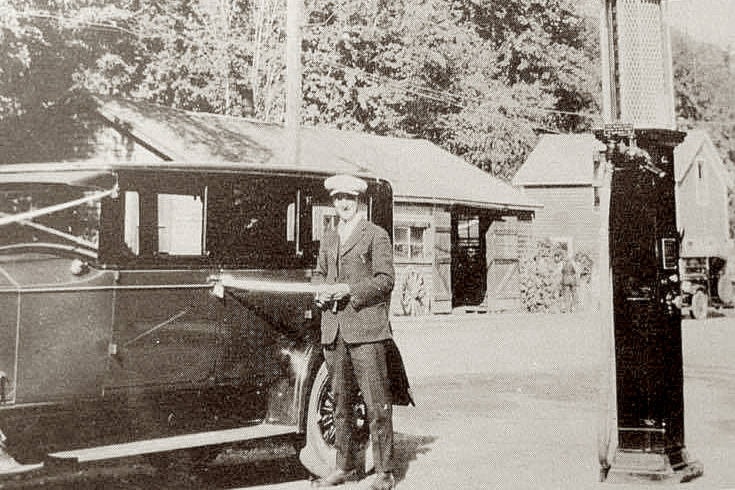An old gas pump, once on display at the Summerland Museum, has been the subject of considerable controversy.
The pump was built in the 1920s and had been used in Lowertown in the early 20th century. However, specific details such as the pump’s location and the brand of gasoline used are not known.
The pump will now be restored and later, after the restoration work is completed, it will be displayed in the community.
The attention surrounding this pump has been puzzling.
An artefact to be displayed in the community should have some significance to the community’s story. Without the historical connection, it loses some of its value.
How does this gas pump help to tell Summerland’s story?
Yes, the pump was used to pump gas here, but is this fact alone enough to make it an important historical artefact?
In the first decades of the 20th century, when this pump was manufactured, Summerland was known as an agricultural community and a railway stop. Other B.C. communities were known as fuelling stops for motorists, and while motorists stopped here to fill their tanks, this community was not known primarily as a place to stop for gas.
Furthermore, because the details surrounding this are not known, it is impossible to determine if this pump was used at the community’s first gas station, or if it had another story which adds to its historic value.
Once the restoration work is complete and the pump is on display, it will add some colour to the community. If it is located at a location downtown or in Lowertown, it could become a community landmark.
There is nothing wrong with displaying a restored gas pump in the community.
The question is how much value this restored pump will have in telling the story of Summerland’s past.
